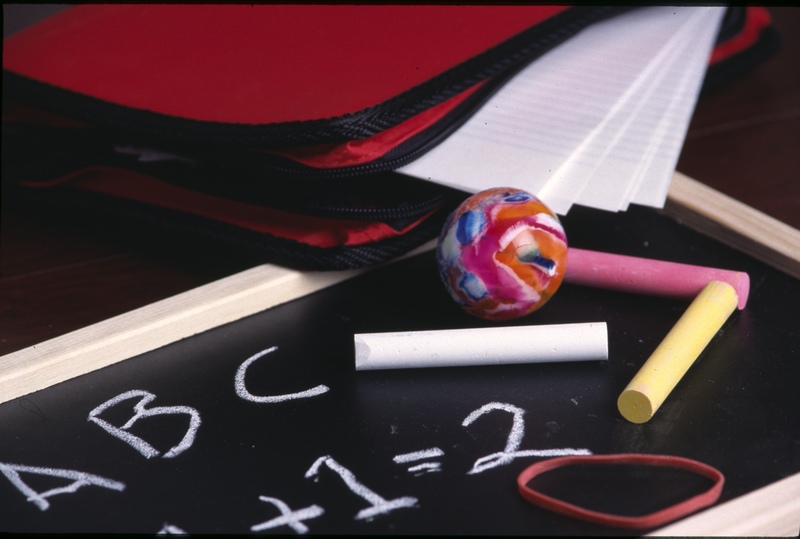Design a Summit
Authentic Task 1
Assignment Title: Design a Media-based Education Summit
Grade level/subject: any subject, grades 6+
Objectives:
Students will design and plan an Education Summit to promote new thinking and consider new strategies to effectively educate American K-12 students in the 21st century.
Students will effectively evaluate, select, and balance agendas of multiple “voices” in American Education.
Students will state specific reasons for selection of their program “voices.”
Students will create a visual/multimedia “activator” for the summit, including media clips, text explanations, and both visual and verbal content to inspire dialog across all constituencies involved in American education.
(Lesser/optional objective): Students will brand their summit to attract sufficient advertising income and social media presence to combat competition from such stalwarts as Mad Men, The Onion, or various YouTube channels.
- At least thirty diverse voices related to American Education must be selected and included in the summit agenda
- “Voices” must be diverse in all aspects: geographic, socio-economic, political, profession/job/role, life stage, overt and covert agenda, etc.
- All research sources must be cited in an annotated bibliography explaining why they were selected
- Summit agenda/activities must be designed to elicit more than predictable stump speeches of the selected “voices”
- A self-designed rubric to EVALUATE the summit design must be included, along with self-evaluation using this same rubric
- Selection process for “voices” must include social networking response opportunities
-
Additional requirements as determined by the students
Due Date: Friday, September 24, 2010.
Alternate assignment: You may opt for an easier solution and simply post comments on multiple venues discussing and/or critiquing NBC’s upcoming Education Nation programming/Facebook page/branding effort. One option: Edutopia. You must present a cohesive “message” replicable as a stump speech on an ongoing basis. In other words, you must convincingly play the role of a potential “voice” for an education summit. Documentation/RSS feed/aggregation of all your comments must be your “deliverable.”
Turn in this assignment by tagging #edunatalternative wherever you wish and tweeting it with this tag.
Ready….set… GO!






